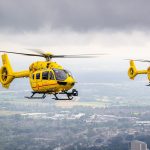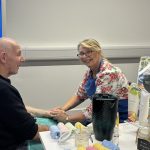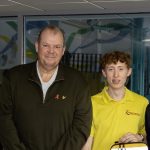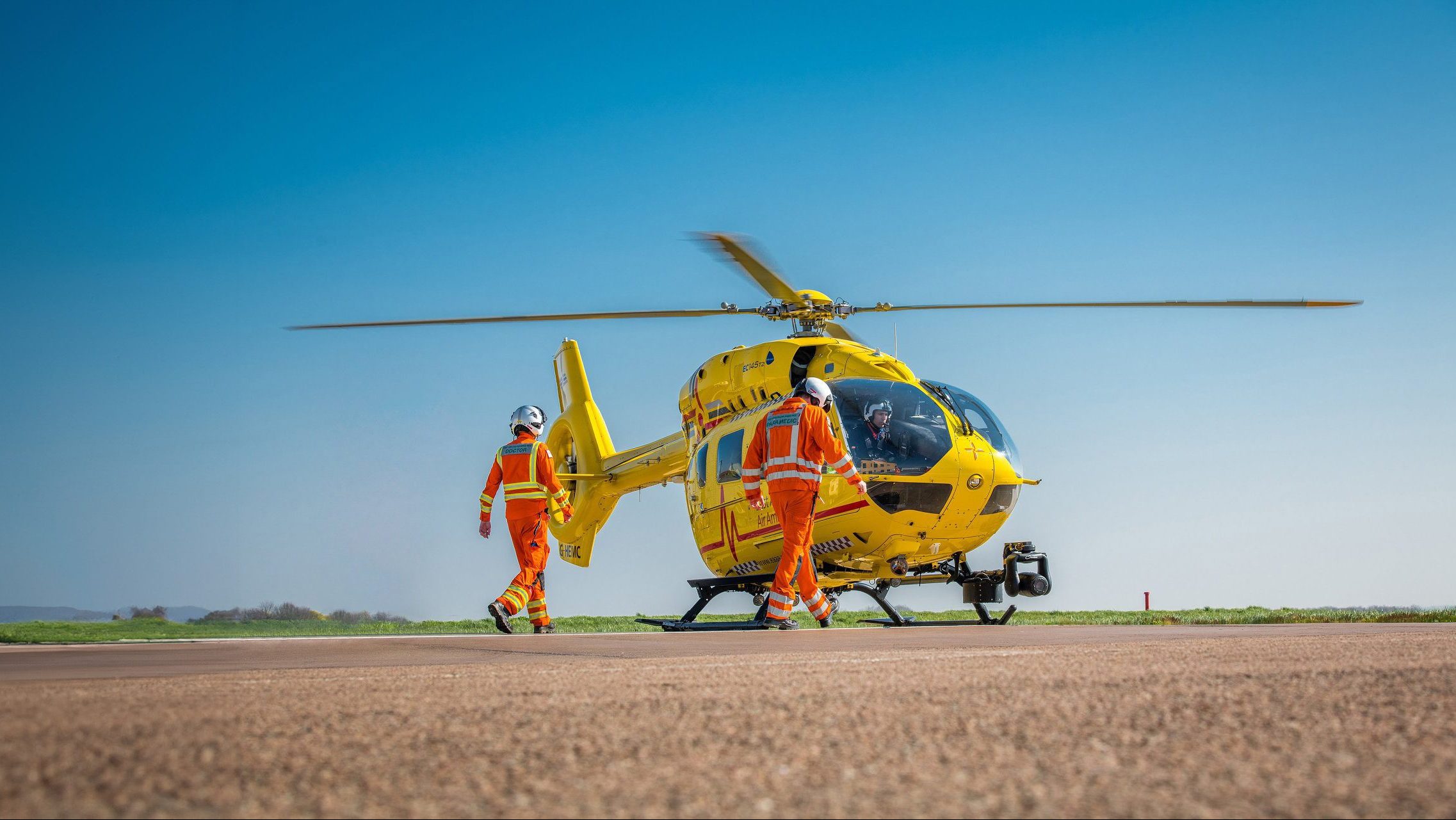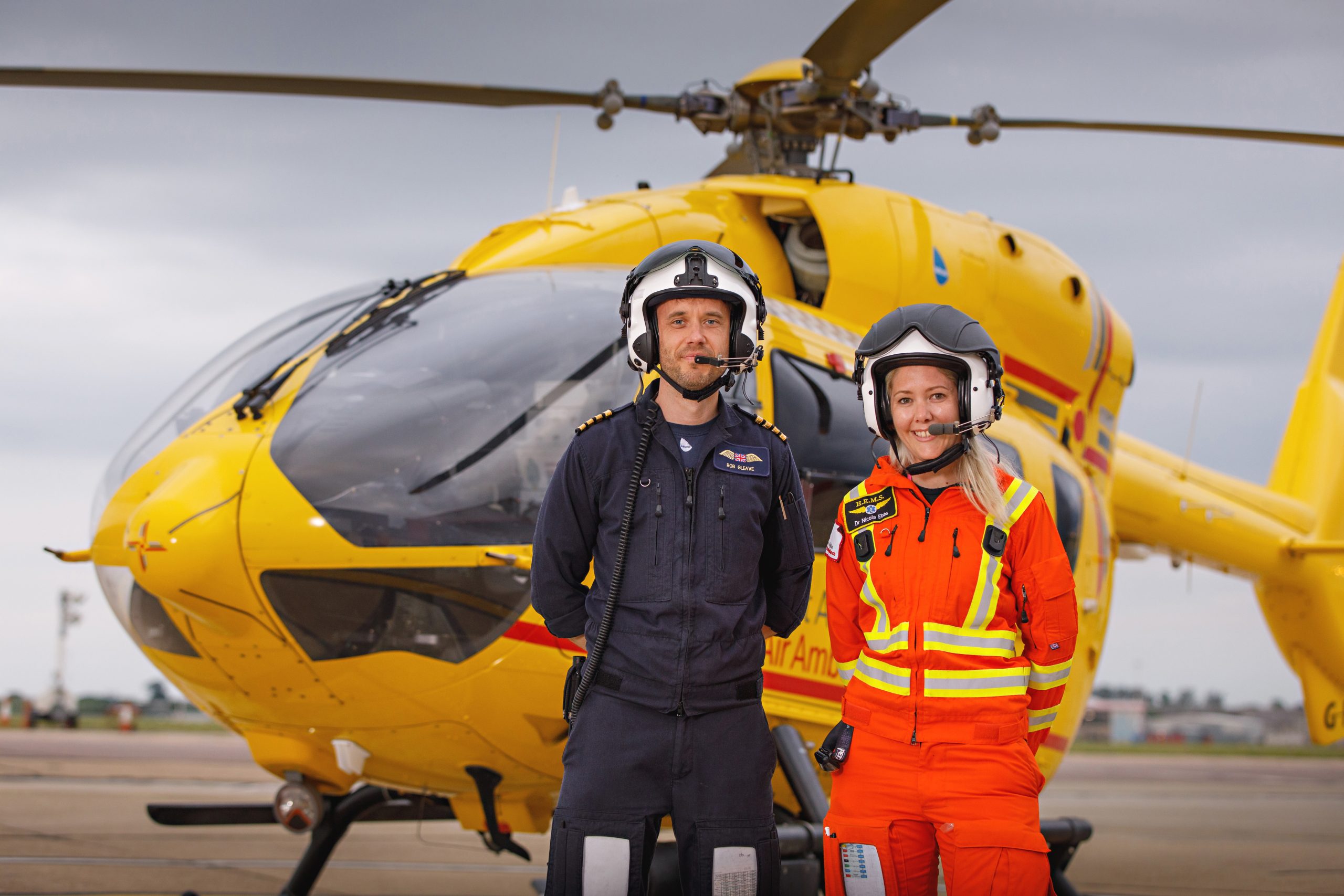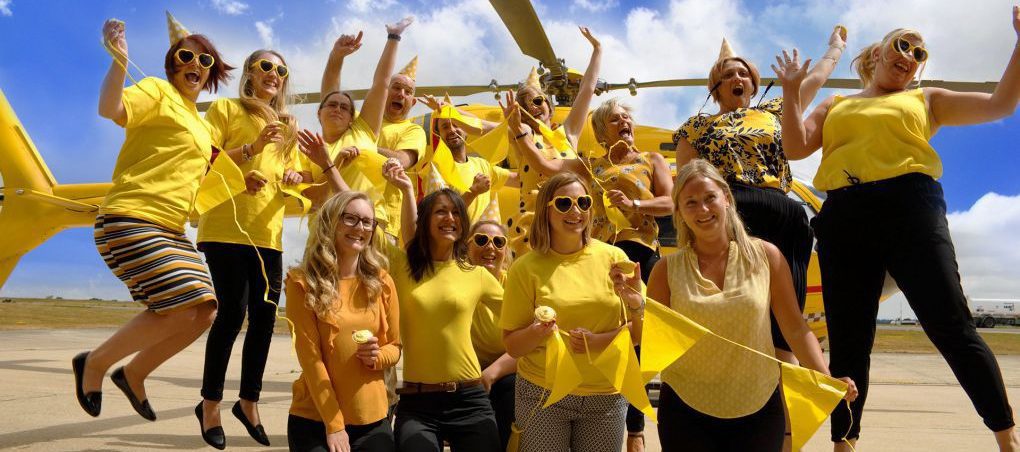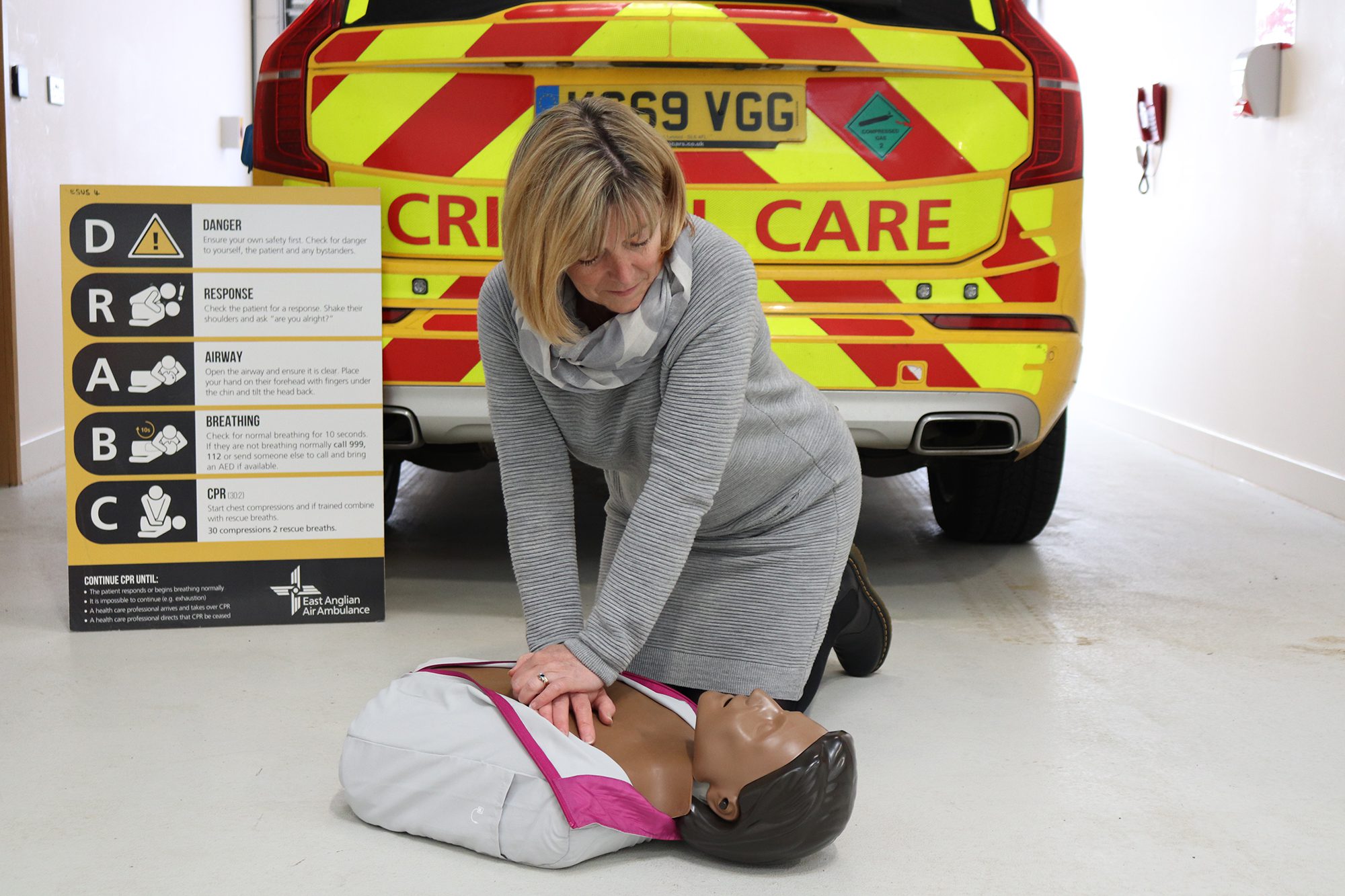29 Feb 2024
10,000 Flying Hours for Pilot, Dave
Pilot, Dave Surtees, Type Rating Examiner with Babcock International, EAAA's aviation partner, has reached the impressive milestone of 10,000 flying hours. Many of these hours have been flying Helicopter Emergency Medical Service (HEMS) missions with EAAA as a Touring Pilot. To celebrate this incredible achievement, we spoke with Dave to hear more about his aviation career and what this landmark moment means to him.
Pilot, Dave Surtees, Type Rating Examiner with Babcock International, EAAA’s aviation partner, has reached the impressive milestone of 10,000 flying hours. Many of these hours have been flying Helicopter Emergency Medical Service (HEMS) missions with EAAA as a Touring Pilot. To celebrate this incredible achievement, we spoke with Dave to hear more about his aviation career and what this landmark moment means to him.
A flying start
“When I was nine years old, my parents took me on holiday to Canada on a BOAC 707 and I was allowed a visit into the cockpit. Having spent four hours in the cockpit, I’d decided that I was going to be a pilot. I would pester my father to take me to air shows and museums as my interest in aviation grew. I joined the Air Cadets with my first flight being in an old Chipmunk. However, as my family had a proud military history, it was only right that I went into the forces, so marrying the two up meant I became an army helicopter pilot.
“I started flying in 1984 with the Army, but I’d actually joined in 1976 as an Apprentice Helicopter Technician so I’ve been around helicopters as a job for nearly 50 years.
“In the Army, I did basic training in a Chipmunk and a Gazelle and, once qualified, I flew the Lynx AH1, AH7 and AH9, and the SA341 Gazelle. On an exchange tour with the Austrians, I flew the Alouette 3 in the Alps. With the Americans, I flew the UH-1G Cobra and the OH-58 in southern Germany. Once out of the Army, I moved on to the B206 Jetranger and B206L Longranger, both the AS350 single and AS355 twin Squirrels, the good old MBB Bolkow B105 and finally the two I fly now, the EC135 and the H145.
“In all, I spent 24 years in the Army, with a short time in police aviation and started HEMS flying in 2003.”
Expert Instruction
“While in the Army, I flew in the Falklands, Germany and Northern Ireland and, in 1989, I completed my Instructor’s course at the Central Flying School and became a QHI (Qualified Helicopter Instructor), with my main job being a Squadron QHI with a front-line squadron on anti-tank helicopters.
“When I left the Army in 2000, I had a short break from instructing when I flew for the Police out of Luton before joining Bond Air Services as a HEMS pilot flying the Bolkow out of White Waltham. I moved to Essex to fly the EC135 at the Essex Air Ambulance and then continued instructing and examining as a TRI/TRE (Type Rating Instructor/Type Rating Examiner).
“I continue to work for Babcock in this role. Every commercial pilot gets a driving test every six months and it’s my colleagues and me in training who complete these tests. Primarily my role is as an Examiner, but I do get to go out and fly the line as well.”
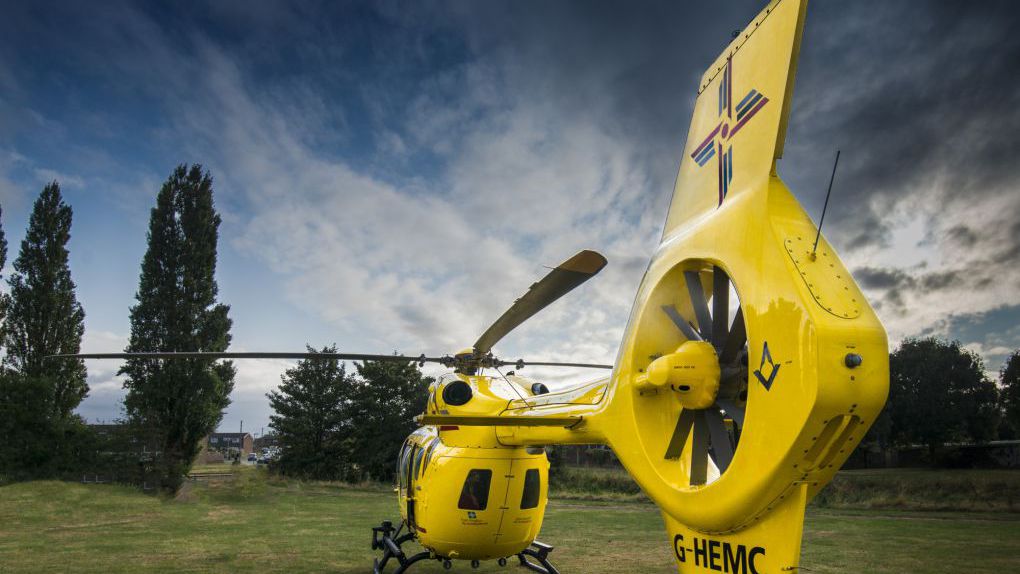
HEMS Line Training
“Line Training is where the new joiner to the company will learn how to employ the aircraft in the HEMS role. They will have completed all the requisite licencing checks to qualify in their role so now they learn how to do the job. As you would imagine, there is a lot of bookwork to complete to understand all the legislation, rules and responsibilities of taking a commercial helicopter with passengers and landing on a road, a public park, someone’s back garden or indeed into a hospital.
“They learn about the roles and responsibilities of all team members, the kit that is on board the helicopter and the Modus Operandi of the HEMS team. For a pilot that has never flown HEMS before this is generally a 12-day process that culminates with their ‘Line Check’, which is normally flown on a live mission with crew and patients. Once they have some experience under their belts, we then introduce night HEMS with the use of Night Vision Imaging System (NVIS), which is a further three or four nights of training followed by a check.”
A much-valued Touring Pilot
“A Touring Pilot is a pilot that is not related to any specific base and generally works from home but has the ability to travel to any base to cover leave, sickness and training. Some are qualified to fly both H135 and EC145 types and some like myself will include training/examining in that as well. I can travel to Cambridge, for example, to conduct a licencing check and once complete, travel to Norwich to carry out two-night shifts. The next week I would be in Germany in a flight simulator conducting licencing checks.
“With EAAA I get to fly out of both Norwich and Cambridge flying the line and instructing/testing. We go over to Cologne in Germany quite often to take the crews to the Flight Simulator, which offers superb training and testing, and lets us develop a pilot’s skills and maintains standards across the company.”
“There are milestones in every pilot’s life and career, some are more important than others. HEMS by the very nature of the job doesn’t give loads of flying hours, so to reach this milestone in the HEMS world is a significant achievement and one that personally I’m extremely proud of.”
Dave Surtees
Type Rating Examiner with Babcock International
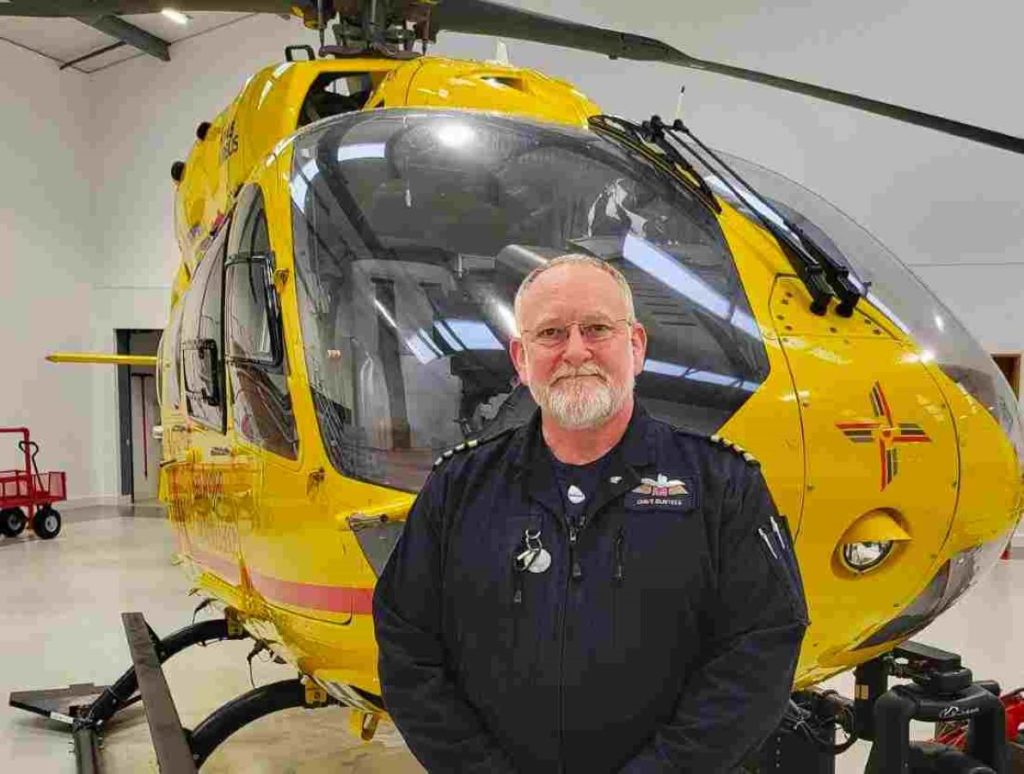
Memorable HEMS moments
“After 22 years of HEMS flying there has to be somewhere in the region of 15,000 missions, day and night, in England, Scotland and Wales in three different aircraft. To nail one specific memorable mission down would be hard. For me though it’s always ‘that’ mission that keeps you coming back. The one that you absolutely know that without the helicopter and the team that person would not have survived – and then they come and visit you some years later. It’s heart-warming and emotional.
“For me, my history with EAAA is also special. I delivered each new aircraft to EAAA. I flew a Bolkow into Cambridge at the very start of the contract. I delivered G-HEMN when EAAA upgraded to an EC135 which was the first NVIS capable EC135 and EAAA were the first charity to do night HEMS. I then delivered G-HEMC, the first H145 in the country and then flew the first live mission with it. I’ve watched the operation grow and develop into what it represents now, and I enjoy being a small cog in a big machine. It’s a great service with great people!”
Celebrating 10,000 flying hours
“There are milestones in every pilot’s life and career, some are more important than others. HEMS by the very nature of the job doesn’t give loads of flying hours, so to reach this milestone in the HEMS world is a significant achievement and one that personally I’m extremely proud of.”
Dave, it’s an honour to be a part of your 10,000 flying hours milestone. Congratulations from everyone involved with EAAA. Thank you for your continued expertise and support for communities across our region.
